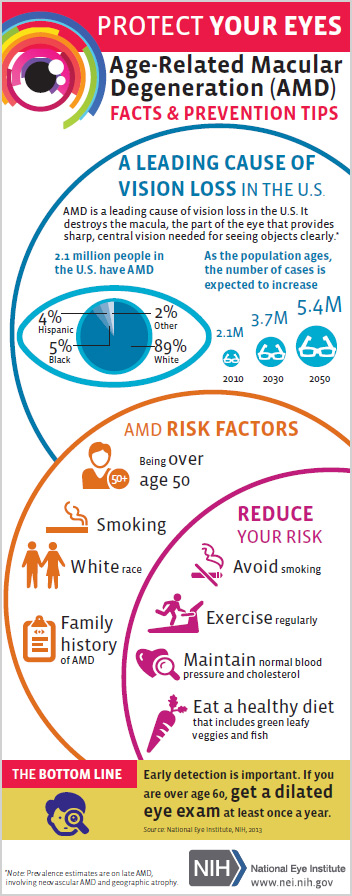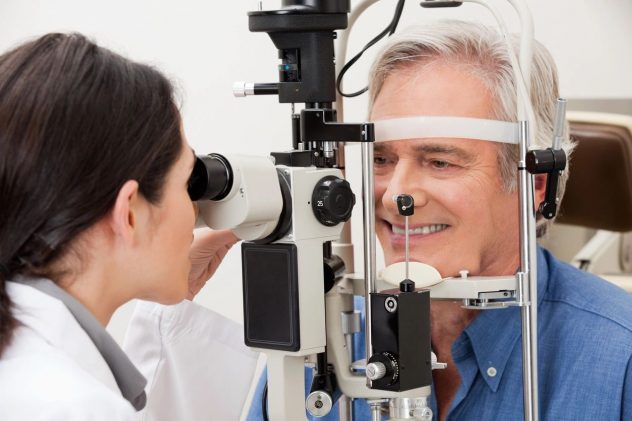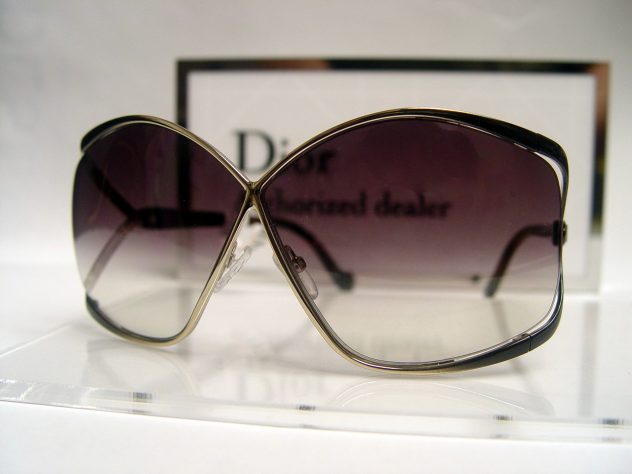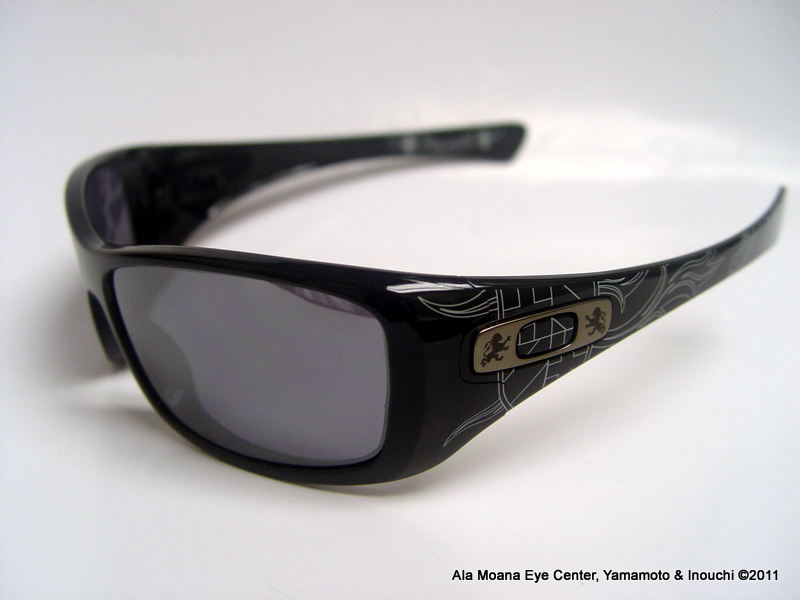Honolulu eye doctors Dr. Daniel Yamamoto and Dr. Tracie Inouchi would like to urge consumers to take a closer look when buying sunglasses this year.
While many will look for fashionable eyeglasses and sunglasses, the most critical factor to keep in mind is making sure sunglasses provide adequate protection from the harmful effects of ultraviolet (UV) rays. UV radiation, which comes from the sun, and is what can cause harm to skin and eyes.

According to the American Optometric Association’s (AOA) 2014 American Eye-Q® survey, 41 percent of consumers do not check the UV protection level before purchasing sunglasses and only 30 percent of Americans said UV protection is the most important factor when purchasing sunglasses, ahead of glare reduction/comfortable vision (27 percent), style (15 percent), price (14 percent) and fit (9 percent).
 “The harmful effects of long-term exposure to UV are a real concern because it can cause damage to the eye, possibly resulting in cataracts, age-related macular degeneration, or an abnormal growth called Pterygium, also called “surfer’s eye,” said Dr. Inouchi.
“The harmful effects of long-term exposure to UV are a real concern because it can cause damage to the eye, possibly resulting in cataracts, age-related macular degeneration, or an abnormal growth called Pterygium, also called “surfer’s eye,” said Dr. Inouchi.
Short-term exposure to UV rays from a day at the beach, for example, can be serious and could lead to a condition known as photokeratitis, also known as “sunburn of the eye.” Symptoms of photokeratitis include red eyes, a foreign-body sensation or gritty feeling in the eyes, extreme sensitivity to light and excessive tearing. These side effects are usually temporary and rarely cause permanent damage to the eyes, but to be sure overexposure is the only problem, patients should consult with their eye doctor if they have these symptoms.
Children Need Protection
In addition, the average child takes in approximately three times the annual UV exposure of the average adult and up to 80 percent of their lifetime exposure occurs before age 20. Unlike the lens found in an adult eye, which is more mature, a child’s lens cannot filter out UV rays as easily, causing damage to the retina.
“Exposure to UV rays can cause problems for people of all ages, but it is critical for children to protect their eyes since they are more transparent than an adult’s. By learning to protect their eyes early, they can possibly avoid UV damage,” said Dr. Inouchi.
What to Look for in Lenses and Frames
For optimal eye sun-safety, Dr. Yamamoto and Dr. Inouchi recommend wearing sunglasses or contact lenses that offer appropriate UV protection, applying UV-blocking sunscreen and wearing a hat to keep direct sunlight off of the face and eyes. Dr. Inouchi also recommends:
- Lenses that block out 99 to 100 percent of both UV-A and UV-B rays.
- Lenses that have a uniform tint, not darker in one area from another. Gradient lenses should lighten gradually with the bottom being lightest.
- Lenses that are free of distortion and imperfection.
- A frame that fits close to the eyes and contours to the shape of the face, in order to prevent exposure to UV radiation from all sides, even behind.
- Prescription glasses with tints and full UV protection. While some contact lenses also offer UV protection, these should be worn with sunglasses to maximize protection.
- Staying out of the sun during the peak UV exposure risk hours for the eyes, from 8 to 10 a.m. and from 2 to 4 p.m.
There are also a number of lens and frame options that can enhance vision for particular activities, such as:
- Polarized lenses, which reduce reflected glare from sunlight that bounces off snow or water and add comfort and enhance vision when cross-country skiing, fishing or driving.
- “Blue-blocking” lenses help make distant objects easier to see, especially in snow or haze, which is great for skiers, boaters and hunters.
- Polycarbonate lenses to provide impact protection, an important option for potentially hazardous work, sports and other activities.
- Photochromic (transition) lenses that offer convenience since the lens darkens or lightens depending on the light exposure.
The best way to monitor eye health, maintain good vision, and keep up to date on the latest in UV protection is by scheduling yearly comprehensive eye exams.




